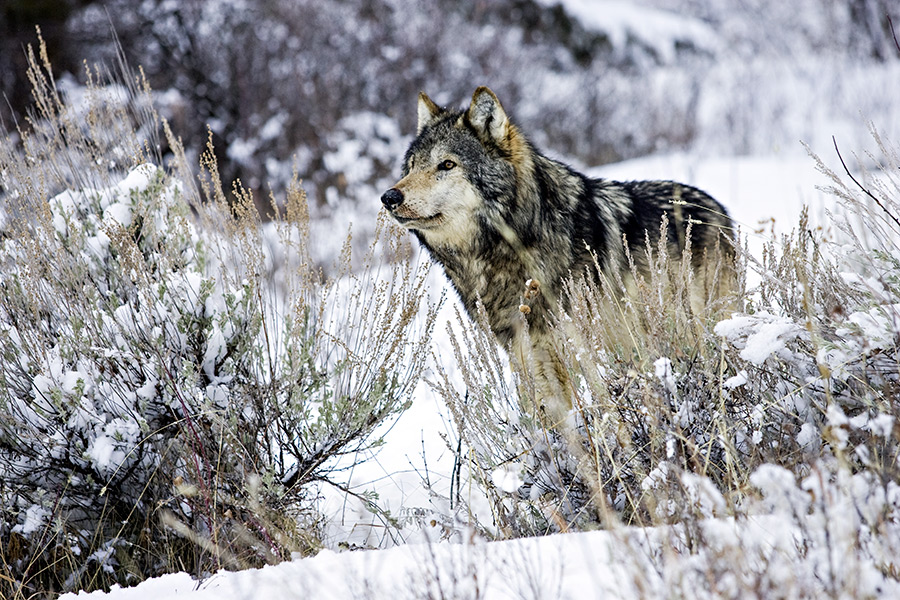HELENA — A commission governing wolf hunting in Montana is considering new wolf management rules that would make it easier to hunt wolves in the state after the Legislature passed several laws earlier this year to encourage additional wolf hunting.
The Montana Department of Fish, Wildlife and Parks already expects the number of wolves in the state to decrease from around 1,150 to between 900 and 950 wolves following a particularly successful hunting season. Over 320 wolves were harvested during the 2020 hunting season — significantly more than the preceding eight-year average of 242 wolves per year, according to a report released by the department this week.
Still, the department believes the state’s wolf population can support increased wolf hunting without leading to adverse biological effects, according to the report.
The fish and wildlife commission — which governs hunting regulations — is expected to meet next week to hear public comment on proposed rules released this week to implement laws passed by the Legislature.
The department proposed adopting several new measures, including increasing the number of wolves an individual can hunt to between five and 10, allowing snaring during trapping season and night hunting on private lands, using baits for hunting and trapping, and extending the season dates. The department is taking public comment on several different alternatives for implementing the laws.
The department stopped short of proposing the full breadth of rules laid out the Republican-backed legislation, which called for individuals to be allowed to kill unlimited numbers of wolves and allow snaring on both private and public land, among other measures.
The department also laid out in its proposal that if 450 wolves or more are harvested in a single season — half the estimated current population — the commission would meet to adjust the rules mid-season.
The proposed rules do not set a target number for the state’s wolf population, but 150 animals, or 15 breeding pairs, is considered a minimum threshold for conservation purposes.
The department followed raised concern that extending the wolf trapping season could increase the risk of capturing grizzly bears, and that using snares could lead to accidental capturing of other wildlife and pets.
Advocates of the new laws that triggered the rule changing process have said that wolves are damaging the livelihood of big game outfitter and cattle and sheep producers.
Wolves were largely eradicated in Montana early last century but recovered under federal protection as some of the animals migrated down from Canada and others were reintroduced to Yellowstone National Park in 1995. Many ranchers and hunting groups opposed the move because of wolf attacks on livestock and their natural prey, including big game such as elk.
Tensions eased after the animals lost their endangered species protections in Montana in 2011 and public hunting and trapping were allowed.
Wolf advocates have said the new laws could risk driving away tourists who come to view wolves in places like Yellowstone and Glacier National parks and potentially causing harm to wolf populations.
